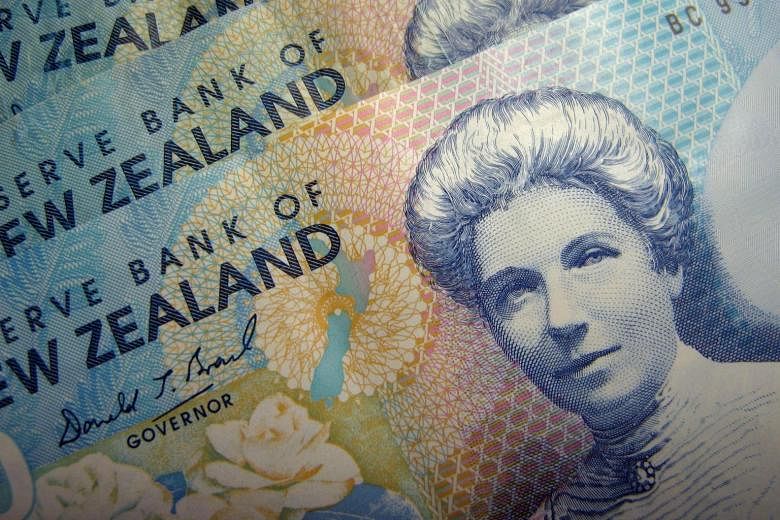SYDNEY (REUTERS) - The Australian and New Zealand dollars hit fresh multi-year peaks on Thursday (Dec 17) as strong data underlined the outperformance of their domestic economies and the likely diminished need for yet more policy easing.
The Aussie was up at US$0.7584, after stretching as far as US$0.7591. That was the highest since June 2018 when it topped out at US$0.7677, the next major chart target.
Australian employment again blew past forecasts with a rise of 90,000 in November, driving the jobless rate down to 6.8 per cent when analysts had looked for 7.0 per cent.
The rapid recovery was welcomed by Treasurer Josh Frydenberg as he outlined a mid-year fiscal review that nudged up forecasts for economic growth and trimmed the government's record 2020/21 budget deficit.
It will also please the Reserve Bank of Australia (RBA), which declared dealing with unemployment a national priority when it cut rates to record lows in November.
Yet if unemployment continues to fall at this pace, the RBA might have to reconsider its commitment to not hike rates for three more years and to hold three-year yields at 0.1 per cent.
"At some stage in the future as the labour market continues to tighten the RBA Board will no longer continue to say that the cash rate is on hold for a further 3 years," said Gareth Aird, head of Australian economics at CBA.
"They will need to either remove the yield target or lift the target. At this stage we think that could happen by the middle of 2021."
The kiwi dollar was also on a roll, climbing to its highest since April 2018 at US$0.7130. Resistance lies around US$0.7150 with the next major target being US$0.7395.
Figures from New Zealand showed the economy roared back in the third quarter as containment of the coronavirus unleashed consumer spending and construction.
Michael Gordon, a senior economist at Westpac, noted the result could move the dial on how much more fiscal and monetary stimulus was needed.
"For the Reserve Bank's part, the bottom line is whether inflation is on track to meet its mandated target," he said.
"A stronger than expected economy certainly goes in that direction, but this needs to be balanced against other developments such as the sharply higher New Zealand dollar."
Markets have already priced out the chance of rates moving negative, and see only a modest chance of further easing.
Yields on 10-year bonds have climbed steadily to reach 0.91 per cent, up from an all-time low of 0.468 per cent in September.

